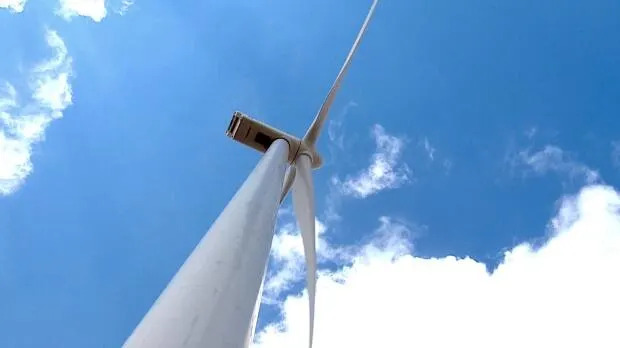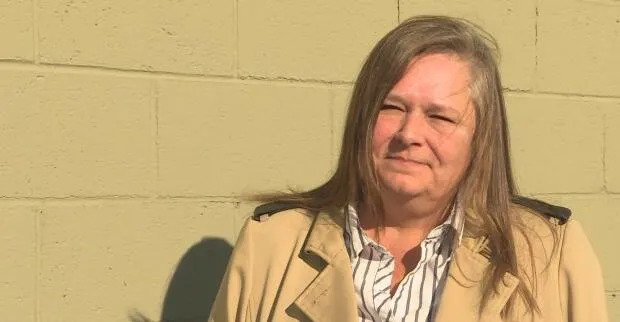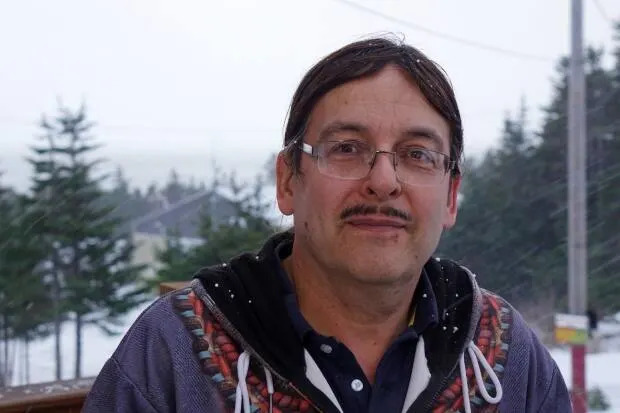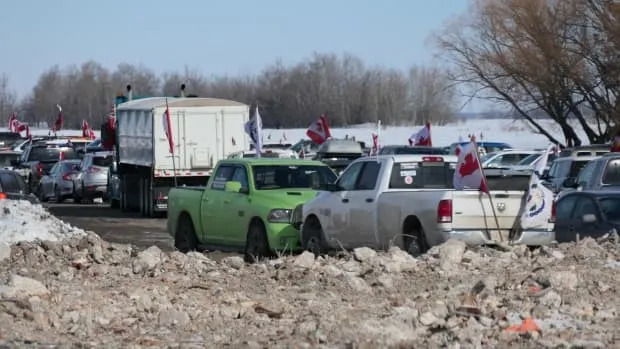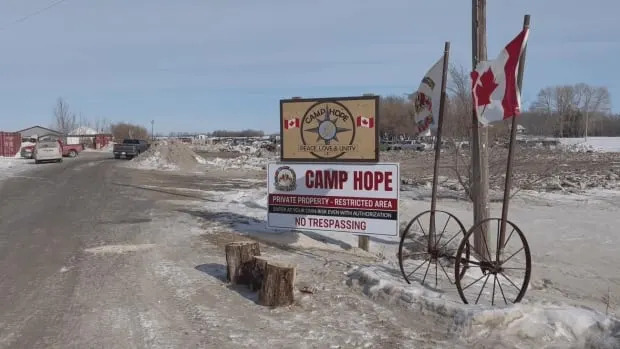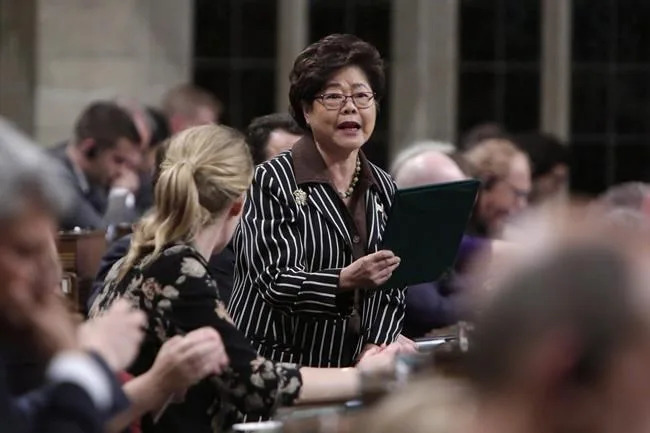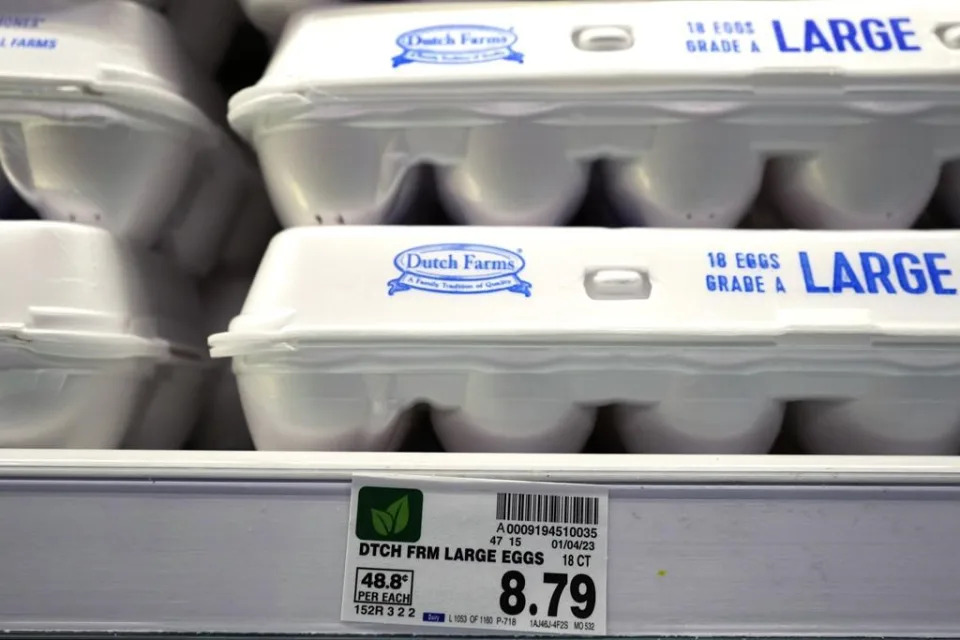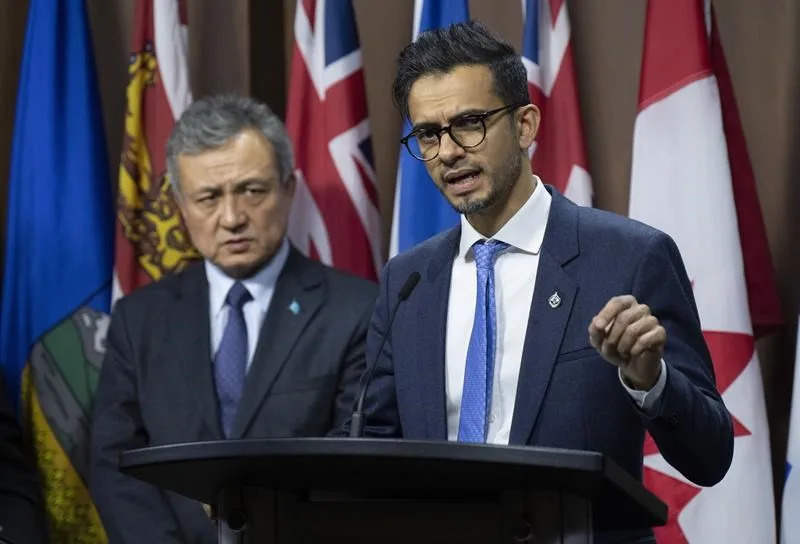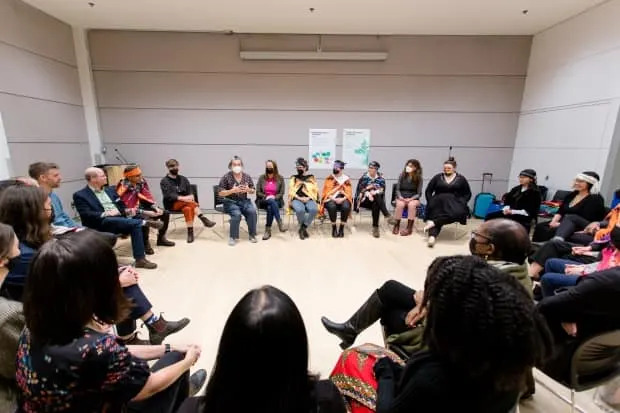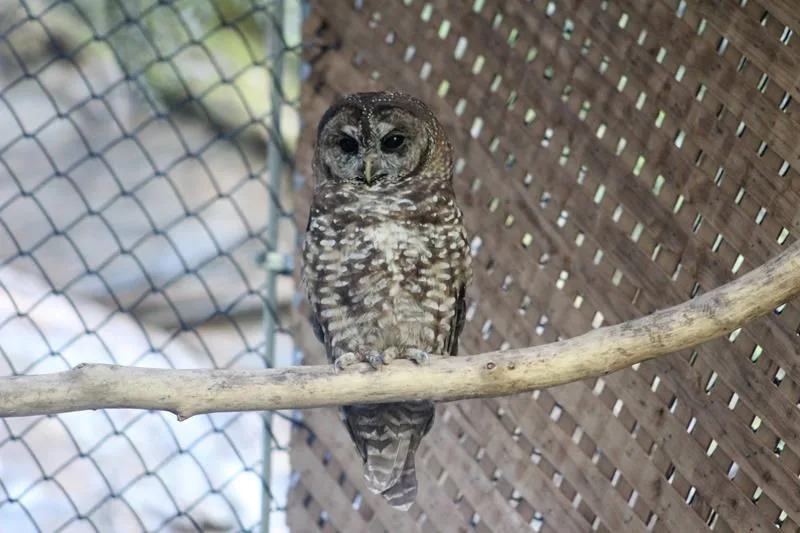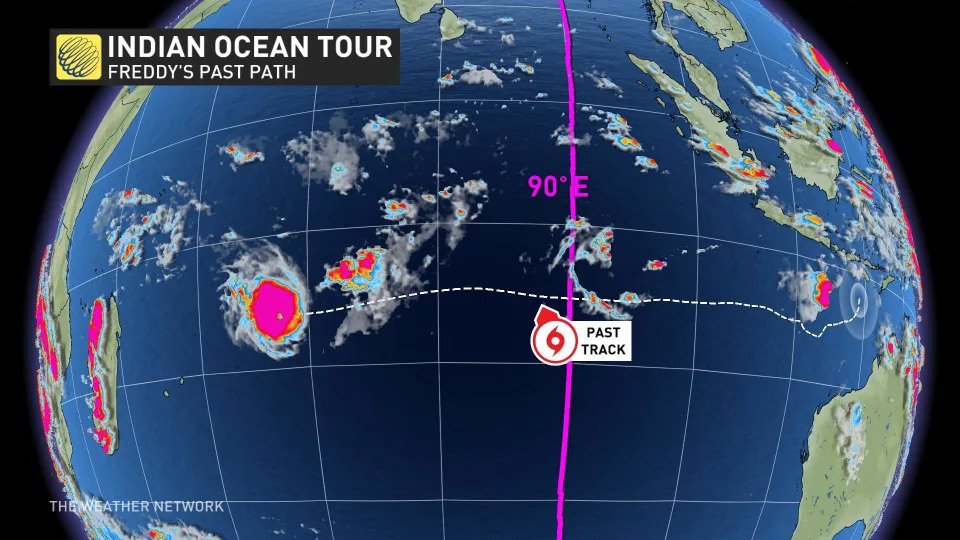Sun, February 19, 2023
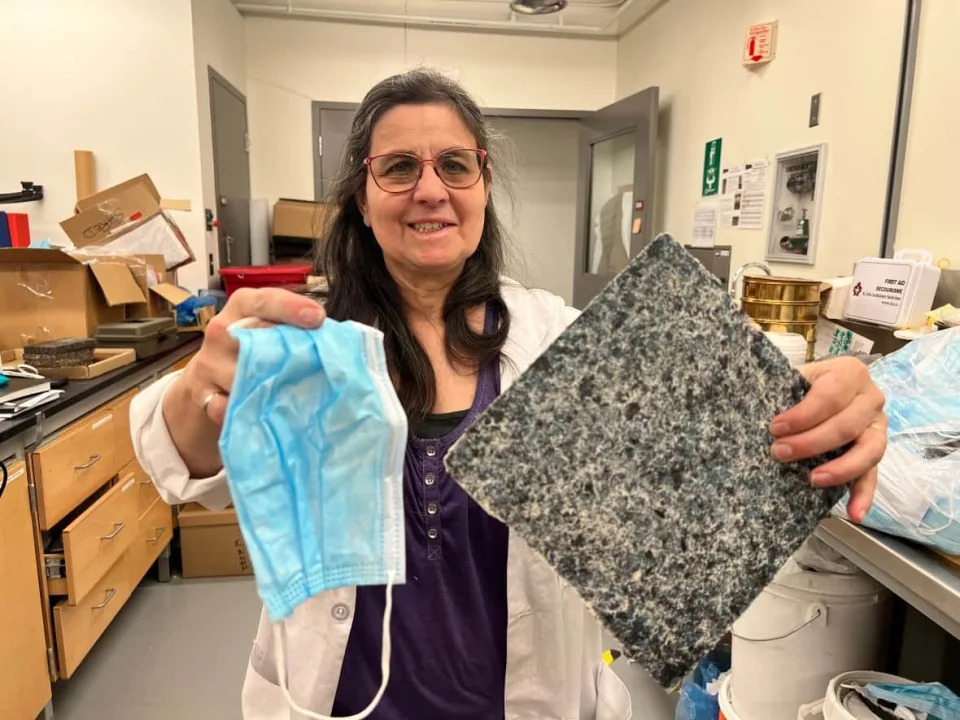
Denise Stilling, a mechanical engineer at the University of Regina, turns used face masks into materials for anything from countertops to pavement blocks. (Sam Samson/CBC - image credit)
A University of Regina professor who's spent decades researching how to recycle waste is turning her attention to single-use face masks.
It's her way of tackling a seemingly insurmountable, global problem brought on by plastic personal protection equipment.
"I grew up on a farm, so we're used to taking bail or twine and barbed wire to fix things," said Denise Stilling. "Re-purposing and re-using is part of my DNA as a Saskatchewan farm girl."
Stilling, a mechanical engineering associate professor, has experimented for years with melting down waste products like old tires and grain bags into new materials like pavement blocks.
When face masks were mandated in certain public places to slow the spread of COVID-19, she found her next challenge.
"Once the pandemic hit, and you saw all these masks littering the sidewalks and coming in our waterway, that's when I went — let's do masks."
Hundreds of billions of masks in the trash
A 2020 study suggested 129 billion masks were used around the world every month at that time.
Many of the single-use masks are made with polypropylene plastic, which is a material that doesn't break down for hundreds of years. Though personal protective equipment is a tool to help slow the spread of COVID, researchers and environmentalists have flagged the damages the plastic causes since the start of the pandemic.
Stilling hopes that can change.
"What a great opportunity if we look at our landfills that are filled," she said.
"If we don't have to worry about the contamination, we can use sand and dirt as an additive, we've got a raw source that doesn't cost us hardly anything."
Face masks: a baking ingredient?
In a basement lab at the University of Regina, there are more than a dozen garbage bags and Tupperware containers full of used masks. Stilling gathered them from receptacles on campus.
She waits a significant amount of time before using them so that the virus can die off, and she can safely handle the material.
First, she removes the ear loops and metal nose piece. Then, she manually cuts the masks into strips. Those strips go into a shredder, which pumps out a fluffy material.

Sam Samson/CBC
Then, Stilling mixes the fluff with other waste products such as old tires and sand. She also adds olive oil to bind them.
That mixture goes into a compression mould, which bakes in a convection oven at 200 C for two-and-a-half hours.
The resulting material comes out in a tile shape. Stilling then tests that material for stretchiness and strength.
"If it's something brittle," she said, holding up a thin tile, "then as you can see, this would make a great clip board. I can make this into rulers."
Stilling is working on different recipes. The material can be made into anything from countertops to pavement blocks, depending on what she uses, she said.
Small bit to help the future
Stilling doesn't do the work alone. She's recruited graduate students since the fall of 2021 to run tests and experiment with combinations.
Some students say this work is important since their generation will be forced to deal with plastic pollution.
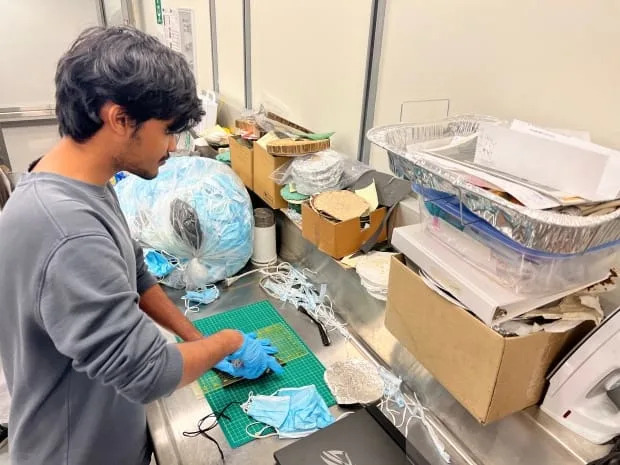
Sam Samson/CBC
"Right now, there's more awareness among people regarding pollution," said Anaamalaai Annamalai Senthilnathan, a 24-year-old graduate student helping with the experiments.
"Most places are banning single-use plastic and finding alternatives. That's one solution, but what are we going to do with the plastic that exists right now? We have to recycle it."
Stilling said she's doing her part to help the environment by coming up with the prototypes and the materials. She hopes others like entrepreneurs or governments can take on the next step: doing something with it.
